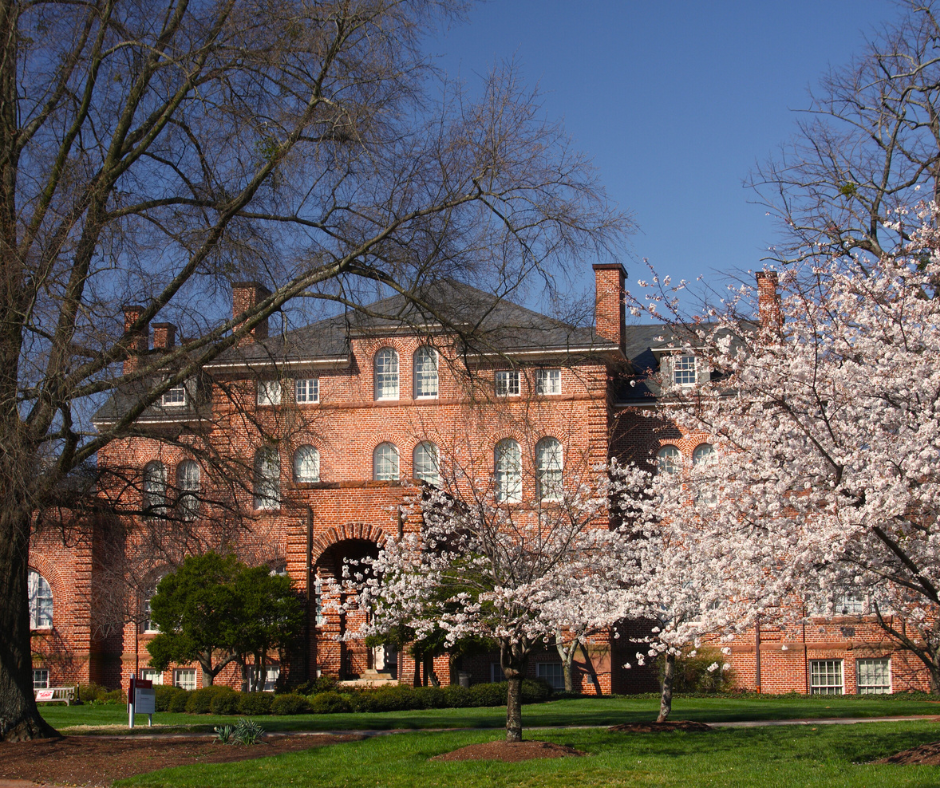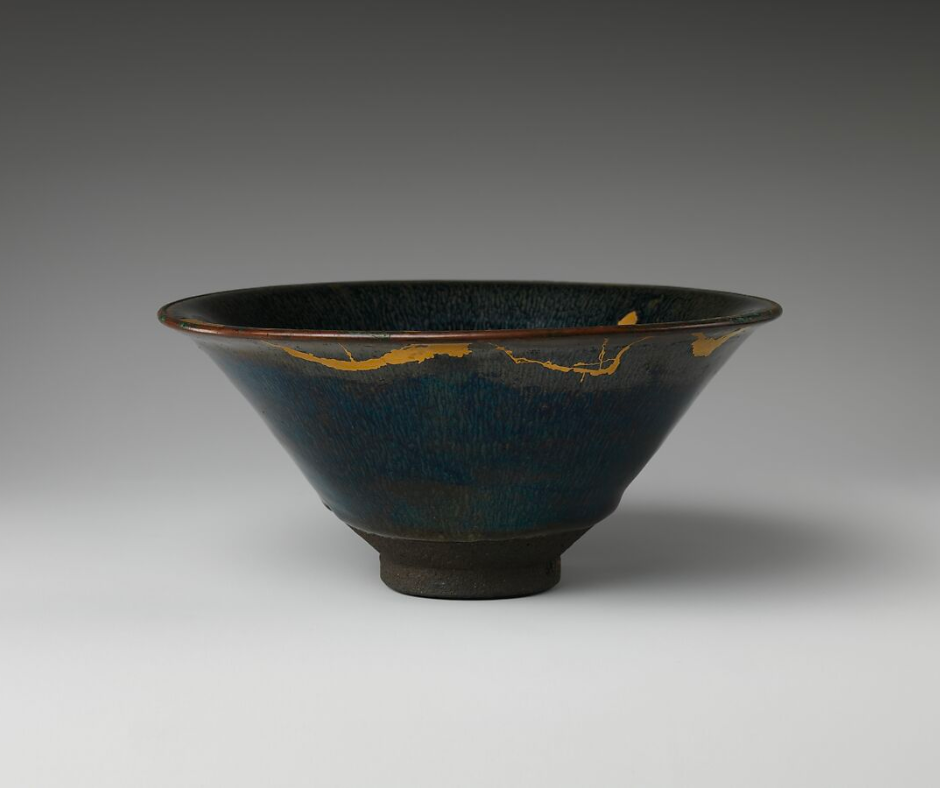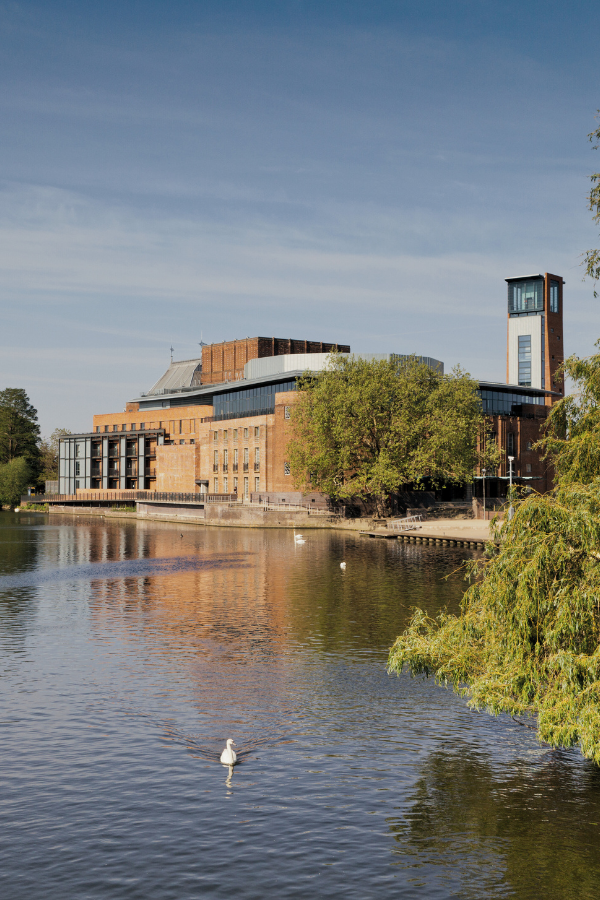
Steel, Style, and Substance: The History of Crittall Windows
Summary
Reflection Questions
Journal Prompt
Crittall windows and doors have long been celebrated for their distinctive style and enduring functionality. As an architectural element, they are synonymous with modern elegance, characterized by their slim steel frames and expansive panes of glass. This article explores the rich history of Crittall windows and doors, tracing their journey from industrial origins to modern-day architectural icons. In learning about their evolution, architectural impact, and contemporary relevance, we hope you fall back in love with these steel framed windows and doors.
What Exactly Are Crittall Doors and Windows?
The “Crittall style” refers to framed windows developed by Francis Crittall in the 19th century. They have since become iconic for their distinctive design, strength, and versatility. These windows and doors are characterized by their slim steel frames, expansive panes of glass, and grid-like appearance. The steel construction allows for narrow sightlines and large glass surfaces, providing an unobstructed view and maximizing natural light.
The Functionality of Crittall Doors and Windows
One of the key features of Crittall doors and windows is their durability. Steel is significantly stronger than traditional wooden or aluminum frames, which means Crittall products can support larger panes of glass without compromising structural integrity. This strength translates into long-lasting performance, with many original Crittall installations still in use today. Additionally, steel’s inherent strength offers enhanced security compared to other materials.
Their Timeless Aesthetic
Crittall windows and doors have a unique aesthetic that combines industrial functionality with modern elegance. Their clean lines and minimalistic design have made them a favorite in various architectural styles, from industrial and modernist to contemporary and even traditional settings. This versatility allows them to be used in a wide range of buildings, including factories, residential homes, commercial spaces, and historical restorations. The timeless elegance of Crittall design has also led to a resurgence in popularity, with modern architects and designers incorporating them into new projects for their aesthetic and practical benefits.
Their Versatility
In terms of customization, Crittall windows and doors can be tailored to suit specific design requirements. They are available in various configurations, including fixed and operable windows, single and double doors, and even partition walls. This flexibility makes them suitable for both exterior and interior applications, allowing for seamless integration into different architectural plans.
Moreover, modern advancements have enabled Crittall products to meet contemporary standards for energy efficiency and sustainability, ensuring they remain a viable choice for today’s environmentally conscious designs. Whether in a contemporary dining room or an Art Deco hotel, these metal windows are at home in so many environments.
Fuel your creative fire & be a part of a supportive community that values how you love to live.
subscribe to our newsletter
*please check your Spam folder for the latest DesignDash Magazine issue immediately after subscription

The Origins of Crittall Style Doors and Windows
Crittall Windows Ltd was founded in 1884 by Francis Henry Crittall in Essex, England. Originally a hardware store, the company soon shifted its focus to producing steel windows, a novel concept at the time. The advent of the Industrial Revolution provided the perfect backdrop for Crittall’s innovations, as the demand for durable and functional building materials soared. Crittall’s early steel windows were revolutionary, offering a stronger and more durable alternative to traditional wooden frames, which quickly gained popularity in industrial buildings.
The legacy of the Crittall family, including the elder’s son Francis Berrington Crittall, is marked by the widespread use of their steel-framed windows in both historic and contemporary architecture. Iconic buildings such as the Bauhaus School in Dessau, Germany, and other notable structures feature Crittall windows, which have become synonymous with modernist design. Today, Crittall windows continue to be celebrated for their distinctive style and functional benefits, cementing the company’s lasting impact on architectural design.
The Evolution of Crittall Beyond Industrial Buildings
Attribution: By Lelikron – Own work, CC BY-SA 3.0, https://commons.wikimedia.org/w/index.php?curid=28368990
In the early 20th century, the versatility and aesthetic appeal of Crittall windows caught the attention of modernist architects. The Bauhaus movement, with its emphasis on function and form, found Crittall windows to be a perfect fit for its architectural philosophy. The windows’ clean lines and minimalistic design complemented the modernist ethos, leading to their widespread use in residential, commercial, and institutional buildings.
Following World War II, Crittall Windows Ltd continued to innovate and expand its product line to meet the evolving demands of post-war architecture. The mid-century modern movement further propelled the popularity of Crittall windows, as their sleek, industrial look aligned with the design trends of the era. The company adapted its manufacturing processes and introduced new configurations, making its products suitable for a broader range of applications, from urban high-rises to the living space in a suburban home.
In contemporary times, there has been a resurgence of interest in Crittall windows, driven by their timeless appeal and the growing trend of industrial-chic design. Modern architects and designers appreciate the blend of historical character and modern functionality that Crittall windows offer.
Iconic Buildings Featuring Crittall and Crittall-Inspired Windows
The Hoover Building in London, England

Attribution: By Ethan Doyle White – Own work, CC BY-SA 4.0, https://commons.wikimedia.org/w/index.php?curid=78901225
Completed in 1933, the Hoover Building is a striking example of Art Deco architecture designed by Wallis, Gilbert and Partners. It served as the headquarters for The Hoover Company and is renowned for its bold geometric patterns and colorful tiles.
The use of Crittall windows is well-documented in this building, significantly contributing to its sleek, modern aesthetic. These steel-framed windows allow ample natural light to flood the interior, enhancing both the building’s functionality and its visual appeal. The Hoover Building remains a celebrated architectural landmark, admired for its innovative use of materials and design.
The Daily Express Building in Manchester, England

Attribution: By Stephen Richards, CC BY-SA 2.0, https://commons.wikimedia.org/w/index.php?curid=21611250
Completed in 1939, the Daily Express Building in Manchester is an iconic example of Art Deco architecture. Designed by engineer and architect Sir Owen Williams, the building is renowned for its bold, streamlined design and the use of modern materials.
The inclusion of Crittall windows in the Daily Express Building complements its sleek lines and reflective surfaces. These steel-framed windows not only enhance the building’s distinctive look but also allow for ample natural light, creating a bright and inviting interior. The building’s innovative design and use of Crittall windows have made it a celebrated landmark in Manchester.
The Royal Shakespeare Theatre in Stratford-upon-Avon, England
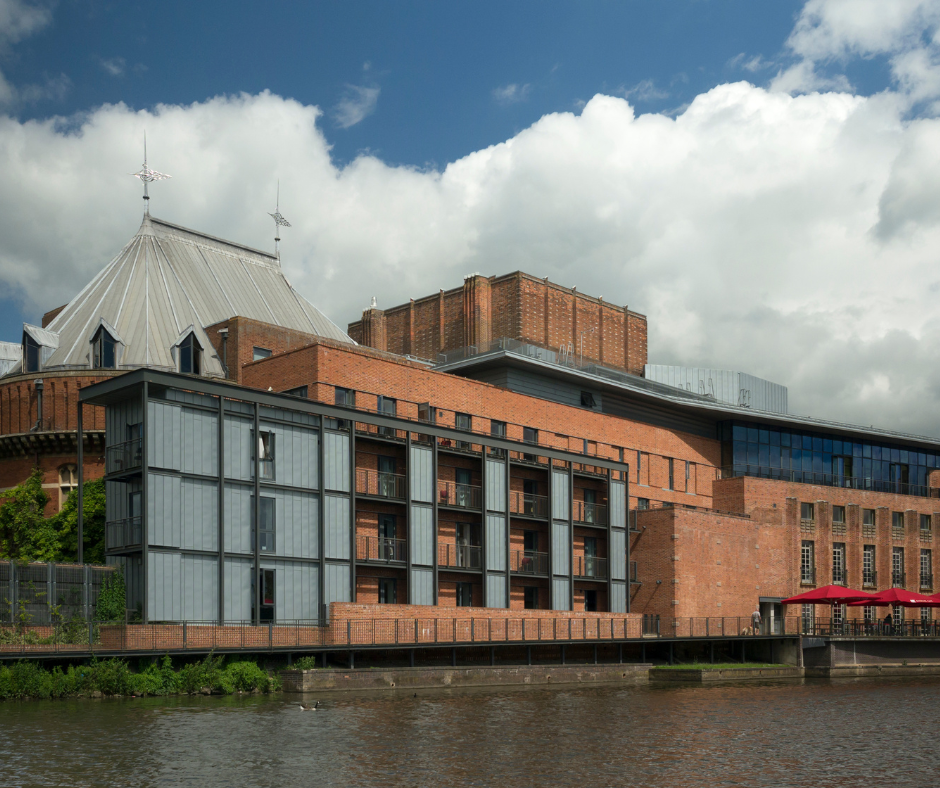
The Royal Shakespeare Theatre, located in Stratford-upon-Avon, underwent a significant renovation in 2010 to blend historical and contemporary design elements. The use of Crittall windows was integral to this transformation, helping to create a modern, open feel while respecting the building’s heritage.
These steel-framed windows provide large, unobstructed views of the surrounding landscape and allow natural light to flood the interior spaces. The renovation has successfully maintained the theater’s historical character while updating it for modern use, making the Royal Shakespeare Theatre a harmonious blend of past and present.
The Great Arthur House in London, England

Attribution: By Steve F, CC BY-SA 2.0, https://commons.wikimedia.org/w/index.php?curid=13226906
Part of the Golden Lane Estate, the Great Arthur House is a residential building in London designed by Chamberlin, Powell and Bon and completed in 1957. It is celebrated for its innovative use of materials and modernist design principles.
The use of Crittall windows is well-documented in this building, playing a key role in its aesthetic and functional design. These steel-framed windows provide large expanses of glass, offering residents expansive views and allowing natural light to penetrate deeply into the living spaces. The Great Arthur House remains a significant example of mid-century modernist architecture in London.
The Barbican Estate in London, England
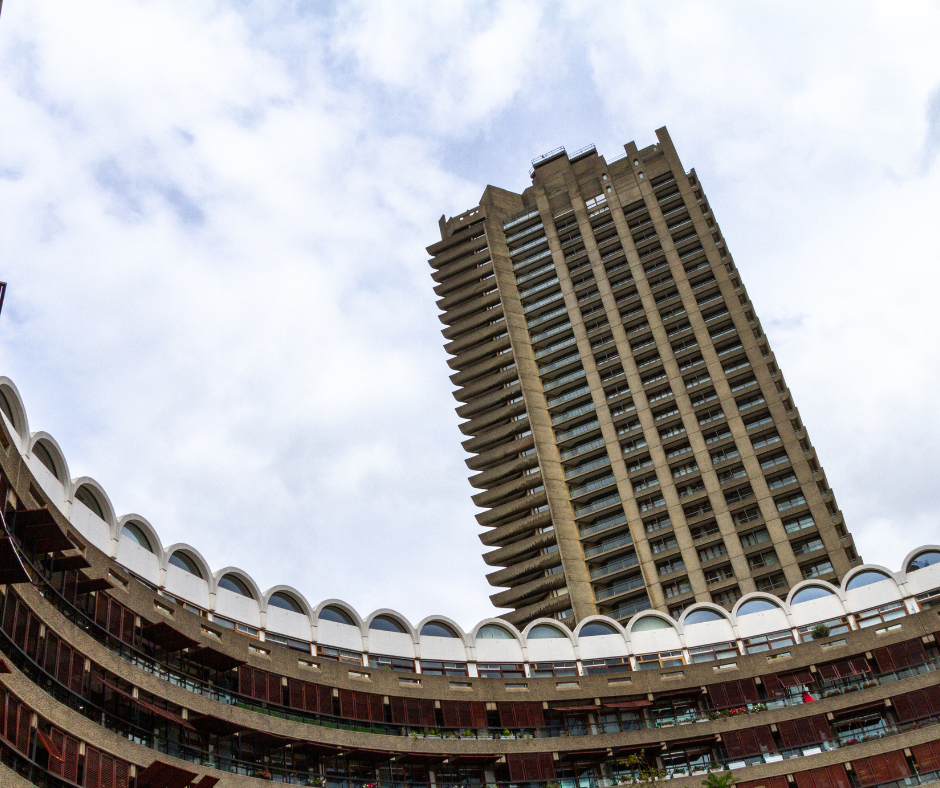
The Barbican Estate, designed by Chamberlin, Powell and Bon, is a prime example of Brutalist architecture in the heart of London. Completed in the 1960s and 1970s, the estate includes residential buildings, an arts center, and public spaces.
The use of Crittall windows throughout the estate contributes to its industrial aesthetic and functional design. These steel-framed windows provide a stark contrast to the rugged concrete surfaces, adding a sense of lightness and transparency. The Barbican Estate remains an iconic and influential example of Brutalist architecture, known for its innovative design and use of materials.
The Tate Modern in London, England

The Tate Modern, housed in the former Bankside Power Station in London, is one of the world’s leading contemporary art museums. The building’s transformation, completed in 2000 by architects Herzog & de Meuron, retained much of its industrial character.
The use of Crittall windows was integral to this transformation, providing a sense of openness and connectivity with the city. These steel-framed windows maintain the building’s original industrial aesthetic while allowing natural light to illuminate the interior gallery spaces. The Tate Modern stands as a testament to the successful adaptation of industrial architecture for modern use.
Battersea Power Station in London, England

Battersea Power Station, one of London’s most iconic industrial buildings, was constructed in the 1930s and is known for its imposing Art Deco and industrial architecture. The building’s vast expanses of steel-framed windows are integral to its design, allowing natural light to penetrate the interior spaces and providing a visual connection with the surrounding environment. The use of Crittall windows is well-documented in the original construction of the power station, contributing to its characteristic industrial aesthetic.
As part of the building’s extensive redevelopment into a mixed-use complex featuring residential, commercial, and cultural spaces, the restoration efforts have included retaining and restoring many of the original Crittall windows. These windows not only preserve the historical integrity of the structure but also blend seamlessly with contemporary architectural elements, highlighting the versatility and timeless appeal of Crittall designs. The redevelopment has transformed Battersea Power Station into a vibrant and functional space while honoring its industrial heritage.
Adelaide House in London, England

Attribution: By Tony Hisgett from Birmingham, UK – Adelaide House, CC BY 2.0, https://commons.wikimedia.org/w/index.php?curid=11969561
Adelaide House is recognized for its pioneering use of steel-frame construction, which allowed for larger windows and more natural light in the building’s interior spaces. The use of Crittall windows in Adelaide House is well-documented, making it one of the first large-scale commercial buildings in London to feature these steel-framed windows. These windows contributed significantly to the building’s modernist aesthetic, characterized by clean lines and large glass panes that contrasted with the more traditional masonry of earlier buildings.
The Crittall windows in Adelaide House provided several functional benefits, including enhanced durability, increased natural light, and improved ventilation, which were all significant advancements at the time. The building’s design and construction methods set a precedent for future developments in the City of London, influencing the architectural style and construction techniques of many subsequent commercial buildings. The company actually recently replaced some of Adelaide House’s windows. Learn more about that project here.
Adelaide House remains an important architectural landmark, showcasing the early adoption of steel-framed windows and the innovative spirit of 20th-century commercial architecture. The use of Crittall windows in this building exemplifies their role in transforming architectural design and construction during that period.
The TWA Flight Center at JFK International Airport in New York City, USA
Attribution: By Roland Arhelger – Own work, CC BY-SA 4.0, https://commons.wikimedia.org/w/index.php?curid=46423333
Designed by Eero Saarinen and completed in 1962, the TWA Flight Center is a prime example of mid-century modern architecture. The terminal features large, sweeping glass windows that offer expansive views of the airport runways and enhance the sense of openness and fluidity within the space. While the specific brand of windows is not confirmed to be Crittall, the style and design are consistent with the type of steel-framed windows that Crittall produces.
Final Thoughts on the Crittall Style
From their inception in the 19th century to their widespread use in iconic buildings across the globe, these steel-framed elements have consistently exemplified durability, versatility, and aesthetic appeal. Their ability to adapt to various architectural styles—from the clean lines of modernist structures to the bold statements of Art Deco—underscores their timeless appeal. Whether in the heart of a bustling city or the tranquility of a residential home, Crittall windows and doors continue to offer a unique blend of steel, style, and substance, proving that true design never goes out of fashion.



